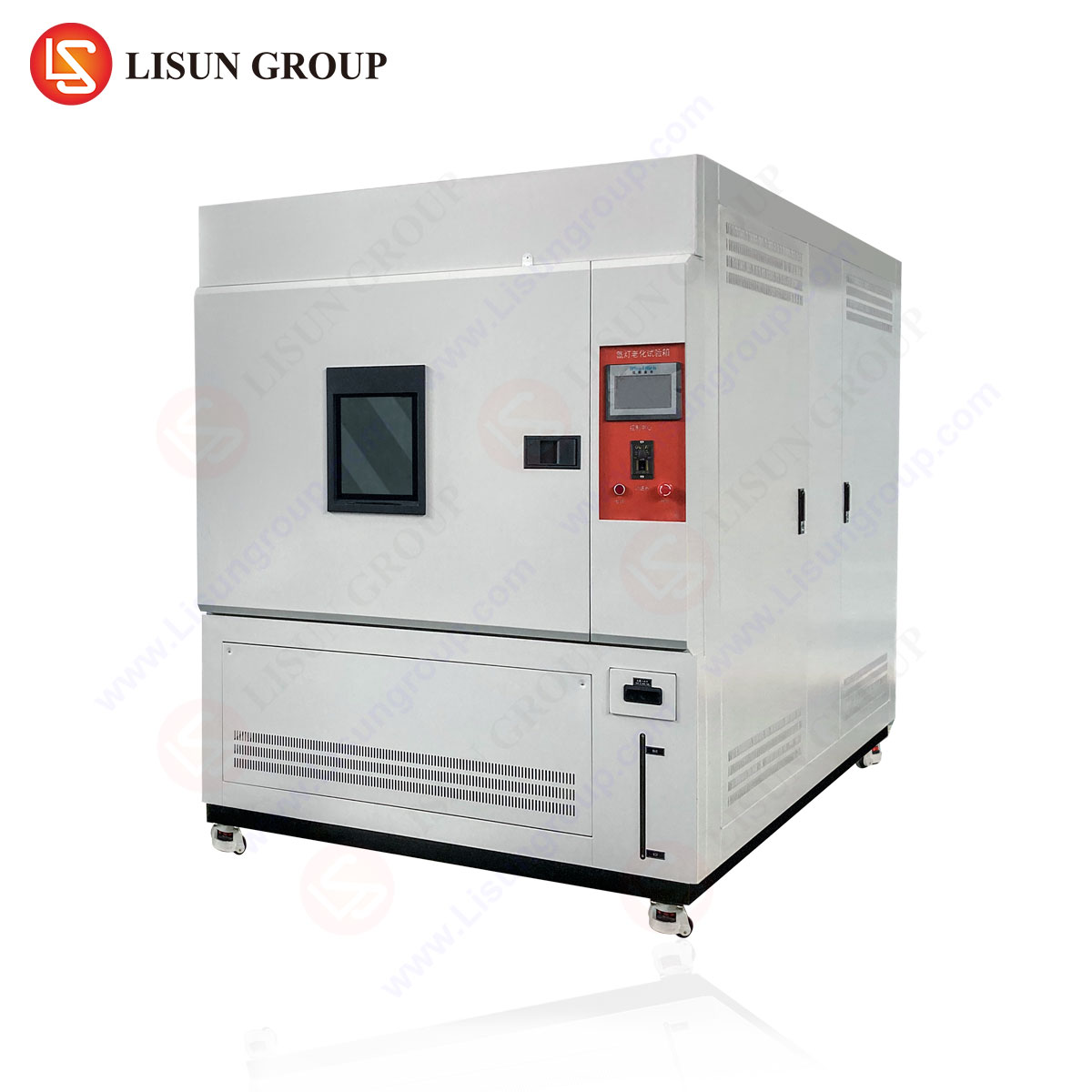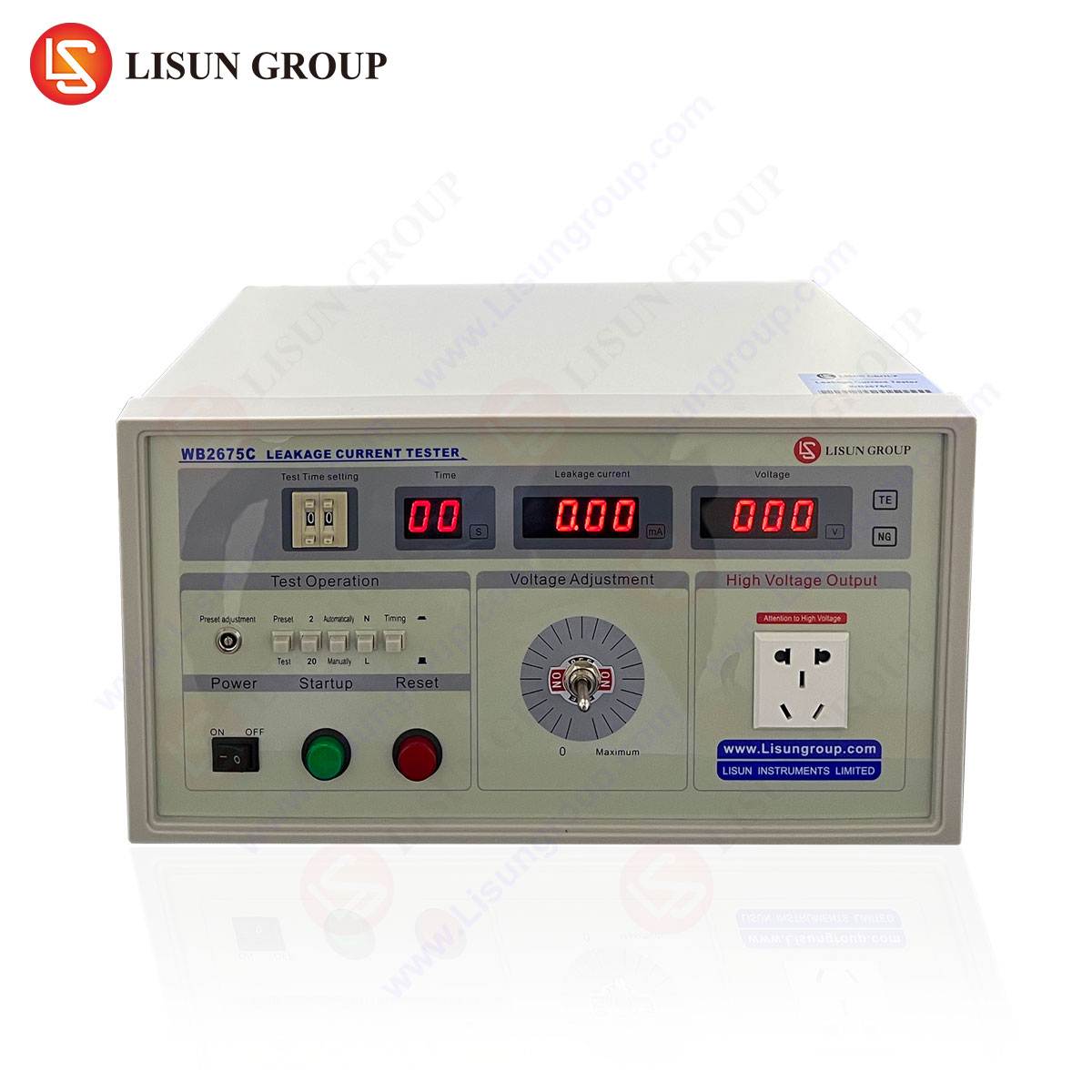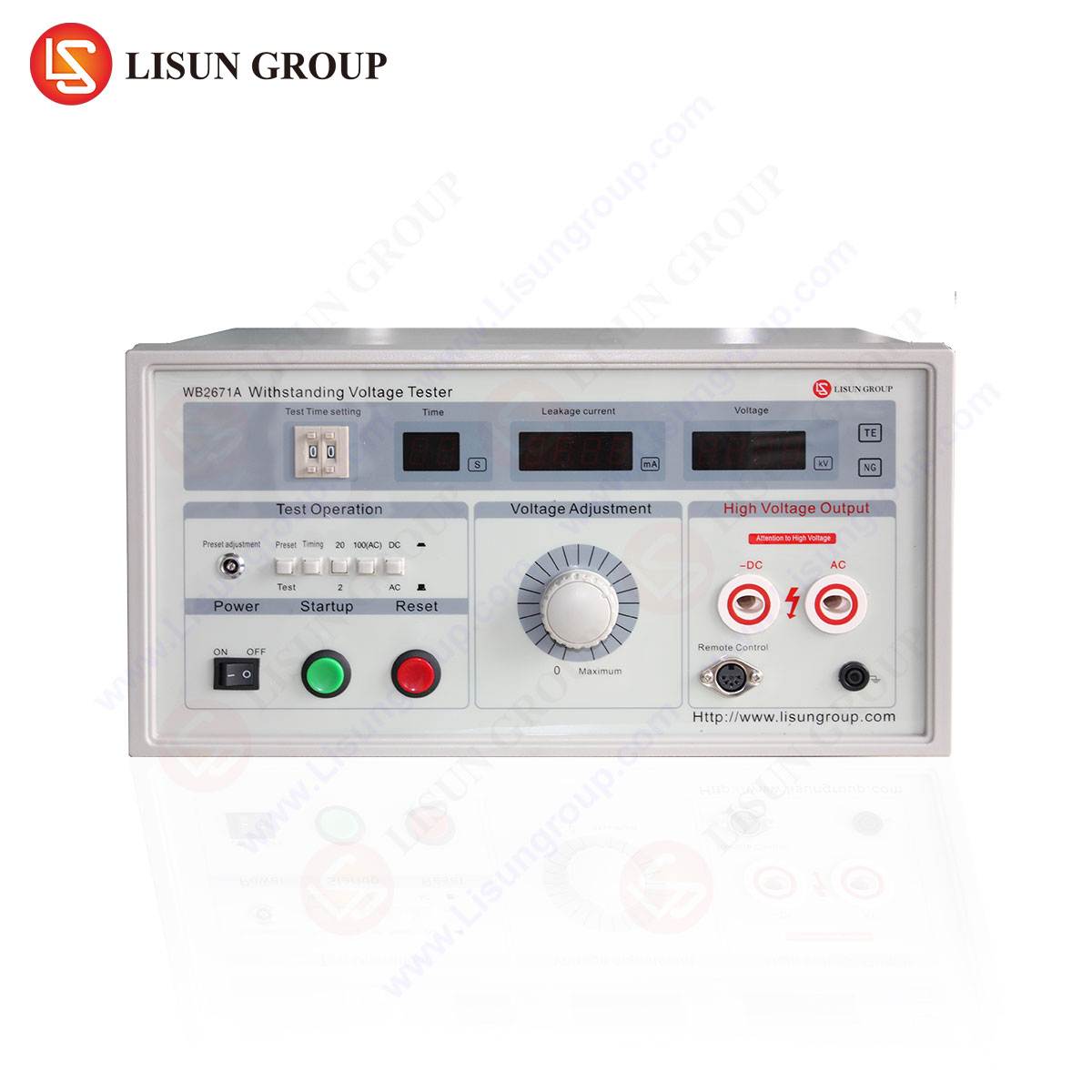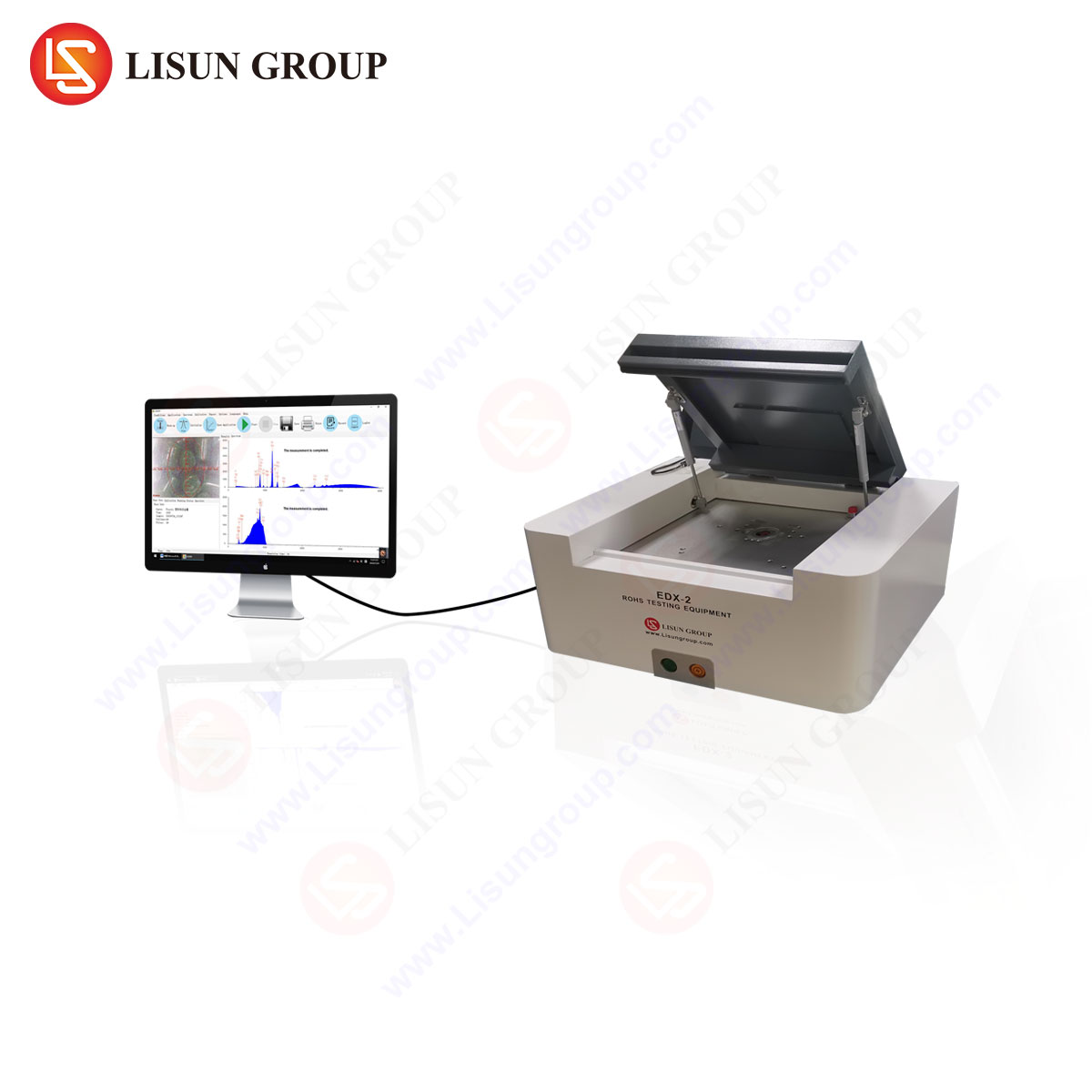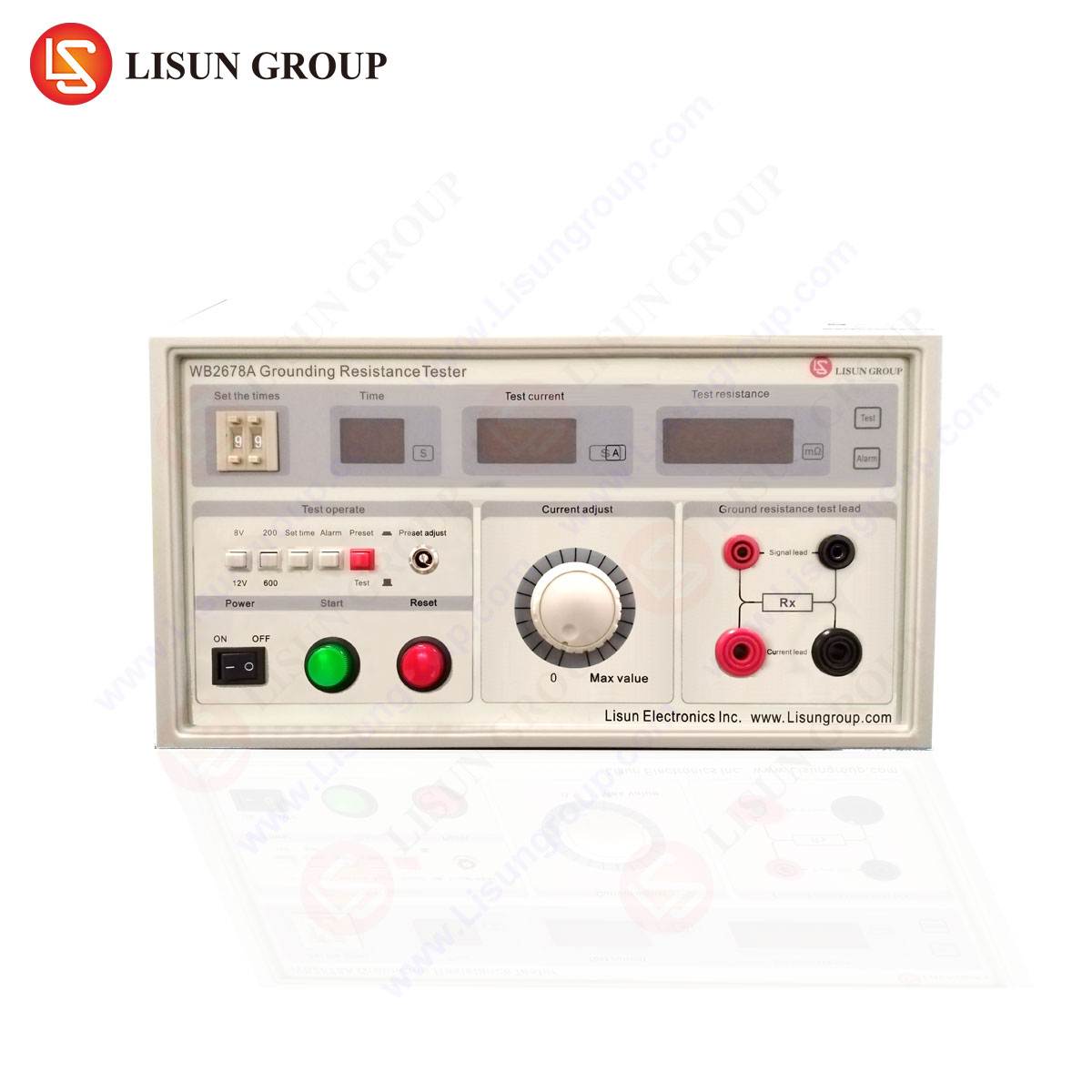Introduction to RoHS Compliance and Testing Necessity
The Restriction of Hazardous Substances (RoHS) Directive, enacted by the European Union, imposes strict limitations on the use of hazardous materials in electrical and electronic equipment (EEE). Compliance with RoHS is mandatory for manufacturers across industries, including automotive electronics, household appliances, and telecommunications equipment. Non-compliance risks regulatory penalties, market exclusion, and reputational damage.
To ensure adherence, manufacturers rely on RoHS testing machines capable of detecting restricted substances such as lead (Pb), cadmium (Cd), mercury (Hg), hexavalent chromium (Cr(VI)), polybrominated biphenyls (PBB), and polybrominated diphenyl ethers (PBDE) at concentrations below 0.1% (1000 ppm) or 0.01% (100 ppm) for cadmium. The LISUN EDX-2A RoHS Test system provides an advanced, non-destructive solution for rapid and accurate material analysis, aligning with IEC 62321 and other international standards.
Technical Specifications and Operational Principles of the EDX-2A RoHS Test
The EDX-2A employs Energy Dispersive X-ray Fluorescence (EDXRF) spectroscopy, a non-destructive analytical technique that identifies elemental composition by measuring fluorescent X-rays emitted from a sample when irradiated with high-energy X-rays. Key specifications include:
- Detection Range: 1 ppm to 100% (dependent on element and matrix)
- Elements Detected: Pb, Cd, Hg, Cr, Br (as a proxy for PBB/PBDE)
- X-ray Tube: High-performance Rhodium (Rh) anode, 5–50 kV adjustable voltage
- Detector: High-resolution silicon drift detector (SDD) with ≤125 eV resolution
- Measurement Time: 30–300 seconds (configurable based on precision requirements)
- Sample Chamber Dimensions: 300 × 200 × 150 mm (accommodates large components)
- Software: Proprietary analysis suite with automatic calibration and report generation
The system’s multi-channel analyzer (MCA) ensures precise spectral data interpretation, while FP (Fundamental Parameters) and EC (Empirical Coefficient) algorithms correct for matrix effects, improving accuracy in complex material compositions.
Industry-Specific Applications of the EDX-2A RoHS Test
Automotive Electronics and Electrical Components
Modern vehicles integrate numerous electronic control units (ECUs), sensors, and wiring harnesses subject to RoHS restrictions. The EDX-2A verifies compliance in solder alloys, connectors, and plastic housings without damaging critical components.
Household Appliances and Consumer Electronics
From refrigerators to smartphones, manufacturers must ensure hazardous substances are absent in circuit boards, coatings, and insulation materials. The EDX-2A’s rapid screening capability (≤60 seconds per sample) supports high-throughput production lines.
Lighting Fixtures and LED Components
LED drivers and phosphor coatings often contain restricted substances. The EDX-2A detects trace cadmium in phosphors and lead in solder joints, ensuring compliance with global environmental regulations.
Medical Devices and Aerospace Components
High-reliability sectors demand stringent material controls. The EDX-2A’s non-destructive testing preserves sterile packaging and structural integrity in sensitive aerospace alloys and medical-grade polymers.
Comparative Advantages Over Alternative Testing Methods
While Inductively Coupled Plasma Mass Spectrometry (ICP-MS) and Atomic Absorption Spectroscopy (AAS) offer high sensitivity, they require destructive sample preparation and lengthy analysis times. The EDX-2A provides:
- Non-Destructive Testing: Preserves sample integrity for further use.
- Immediate Results: Real-time data eliminates laboratory delays.
- Lower Operational Costs: No consumables or complex sample digestion.
- Portability (Optional): Benchtop configurations suit factory-floor deployment.
A comparative analysis of detection limits is provided below:
| Method | Detection Limit (Pb) | Sample Prep | Analysis Time |
|---|---|---|---|
| EDX-2A (EDXRF) | 5 ppm | None | 1–5 minutes |
| ICP-MS | 0.1 ppb | Acid digestion | 15–30 minutes |
| AAS | 1 ppm | Acid digestion | 10–20 minutes |
Regulatory Compliance and Standardization
The EDX-2A aligns with:
- IEC 62321-3: Determination of certain substances in electrotechnical products
- EN 50581: Technical documentation for RoHS compliance assessment
- US EPA 3050B/3051A: Acid digestion protocols (cross-validation)
Its internal calibration standards (NIST-traceable) ensure repeatability across testing environments.
FAQ: Common Queries on EDX-2A RoHS Testing
Q1: Can the EDX-2A differentiate between Cr(VI) and non-toxic chromium?
A: No, EDXRF detects total chromium. Additional wet chemistry (e.g., colorimetric testing) is required for Cr(VI) speciation.
Q2: What is the minimum sample size required for testing?
A: The system accommodates samples as small as 1 mm², though homogeneous surfaces yield optimal results.
Q3: How frequently must the EDX-2A be calibrated?
A: Daily verification checks are recommended, with full recalibration every 6–12 months, depending on usage intensity.
Q4: Does the EDX-2A support RoHS 3 (EU 2015/863) substances like DEHP?
A: No, EDXRF cannot detect phthalates. GC-MS or HPLC is required for DEHP, BBP, DBP, and DIBP analysis.
Q5: Can the system analyze liquid samples?
A: Yes, with specialized sample holders to prevent spillage and ensure consistent X-ray excitation geometry.
By integrating the EDX-2A into quality assurance workflows, manufacturers achieve efficient, reliable RoHS compliance verification, mitigating supply chain risks and ensuring market access.


